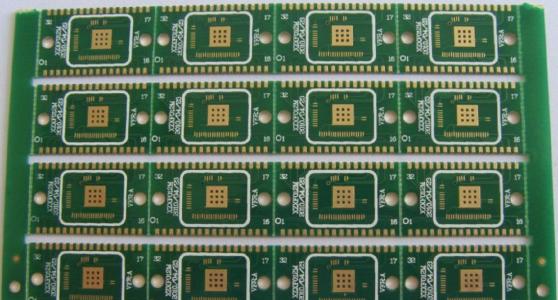 +86 755 2794 4155
+86 755 2794 4155  sales@knownpcb.com
sales@knownpcb.com
-
Shenzhen KNOWNPCB Technology Co., Ltd.
 +86 755 2794 4155
+86 755 2794 4155  sales@knownpcb.com
sales@knownpcb.com
 2023-12-06
2023-12-06
 281
281

First, it is equal length. When designing a differential line, pay attention to making the lengths of the two signal lines the same. Because the length of the signal lines is the same, the transmission time of the signals is also the same, so the polarities of the differential signals will be different, resulting in the opposite situation. If the differential signal is the same, the signal quality will be poor.
Next, is the isometric. That is to say, the distance between pairs of differential lines should be consistent. By adjusting the distance of the differential line, we can adjust a differential impedance in the whole process. What is the benefit of doing this? If our differential impedance can maintain a certain continuity, then there will be very few reflections and the transmitted signal will be very complete.
Finally, it is the stacking of differential lines and printed boards. It is generally believed that the differential line will provide a reflow path for the printed board, and the printed board will use this approach to reflow through the differential line, so attention should be paid to stacking the differential line and the printed board during design.
When designing a PCB circuit board, only by memorizing the above three points can greatly reduce the probability of errors, continuously improve the design quality and use value of the PCB circuit board, and truly output high-quality products for customers.

Or call +86 755 2794 4155
Inquiry Now

